
Engineering and high-performance plastics are used in many different areas of the aerospace industry, contributing to efficiency and economy in a wide range of applications. At Ensinger, we can draw on many years of experience in both the technical and business sectors, which enables us to meet the especially high demands placed on plastics and solutions that are specific to the aerospace industry.
The properties of Ensinger's high-performance and engineering materials meet the technical requirements of many systems and subsystems used in today's ultra-modern aircraft structures. The benefits of using lightweight aircraft materials in terms of fuel efficiency and emissions reduction are well known. Furthermore, these factors can also lead to longer component life. Our aerospace materials are also resistant to corrosion when used in aerospace applications. The key properties of high-performance plastics include low weight, high strength and very good chemical resistance. A significant reduction in weight can be achieved by replacing aluminum or steel, as many of our high-performance polymers have a density of approximately 1.3 g/cm3. On the other hand, aluminum for example has a density of 2.7 g/cm3.
Working closely with many leading aerospace companies and system manufacturers, the Ensinger team has built an impressive track record as a supplier to the aerospace industry over many years, developing optimum solutions for high-performance aerospace plastics. Ensinger is a long-standing, recognised partner of renowned OEMs in the aerospace industry, such as Airbus, Boeing and Bombardier. In addition, Ensinger has experience with the industry´s preferred Tier 1 suppliers at all levels of the supply chain. As a reliable, competent supplier, Ensinger offers industry-specific know-how and in-depth experience in the field of aerospace plastics and their processing into sophisticated, innovative aircraft components.


As a supplier to the space industry, Ensinger offers plastics that have been approved for many applications. In satellites, for example, components are used for solar array development systems, cable insulating blocks and platform systems. Ensinger's aerospace materials undergo the specific tests required by the end user in order to meet the stringent requirements for aerospace supply.
Typical requirements that Ensinger's aerospace materials meet include:
Ensinger has gained experience in working with companies such as Airbus Defense and Space as well as various institutes/universities for the space sector.
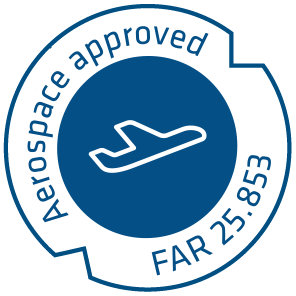
Ensinger is one of the few plastics manufacturers to be listed on the Qualified Parts List (QPL) of Airbus, Boeing and other well-known OEMs. This means that we are authorised to supply plastic parts for demanding applications such as structural components for the aerospace industry.

Thermoplastics offer lightweight solutions wherever good mechanical properties combined with resistance to stress, chemicals, oils and greases are required. Ensinger offers thermoplastic polymers as compounds, composites, filaments, rods, tubes and plates, as well as finished parts with these types of characteristics.

made from TECAMID 66 GF35 natural.
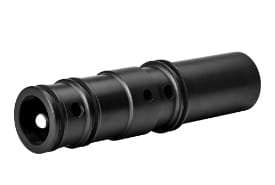
Delrin was selected because of the excellent properties:
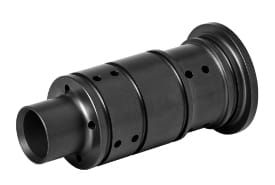
Steering Cylinder in an landing gear system
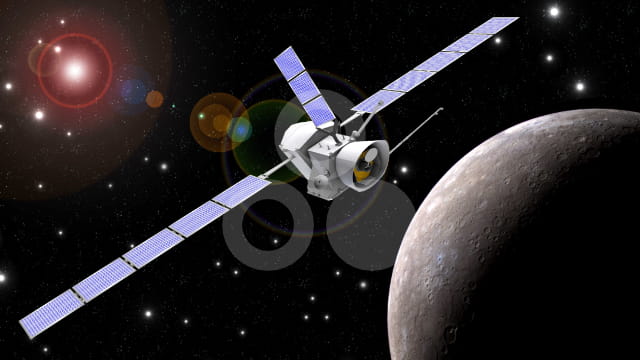
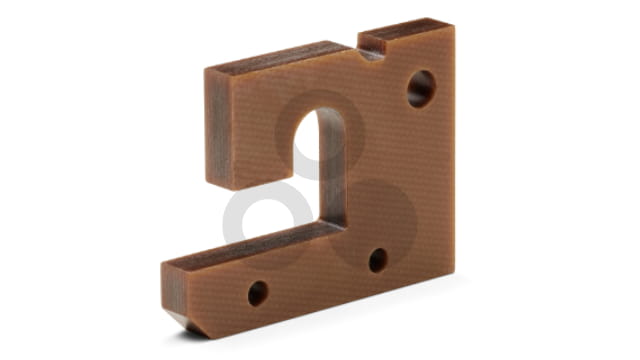
As a result of bilateral agreements, the two organizations are virtually identical. The American FAA regulation is considered to be the global leader.
For more information on the European Aviation Safety Agency, visit: www.easa.europa.eu
Only the contractual rulings between the manufacturing company and supplier have to be adhered to for aviation-specific applications.